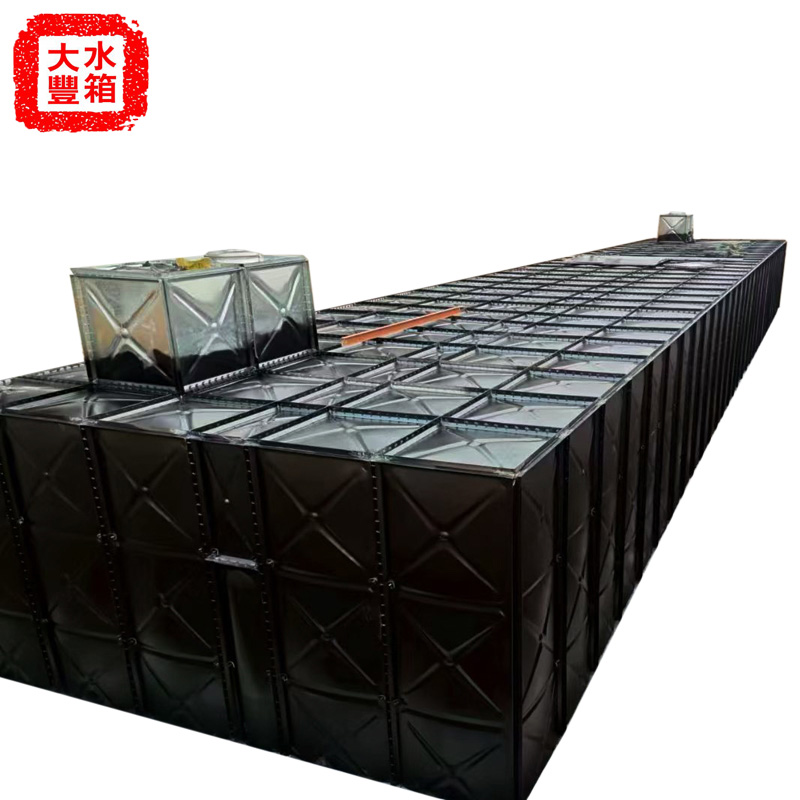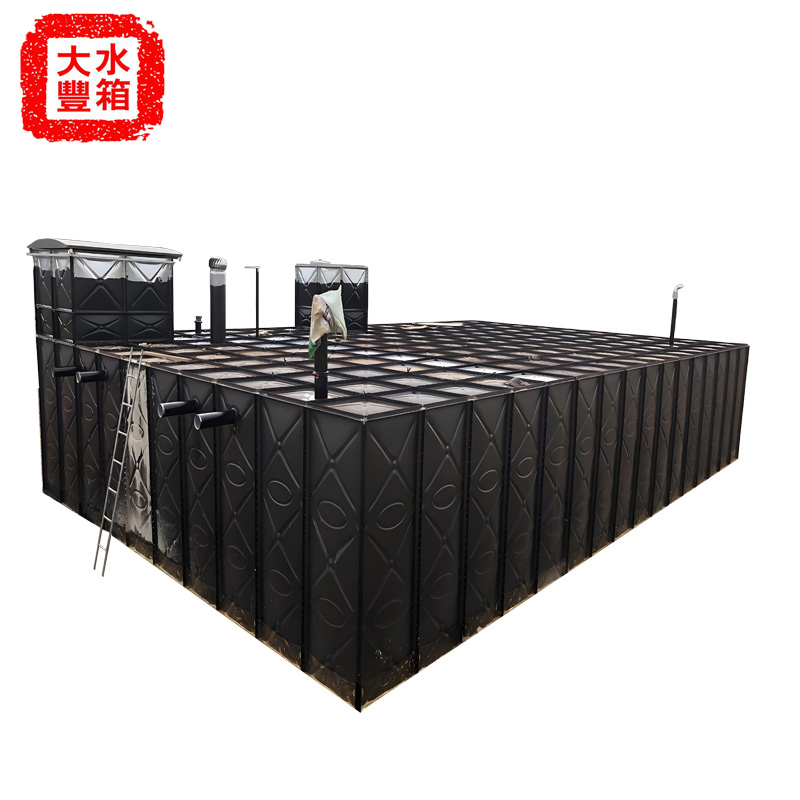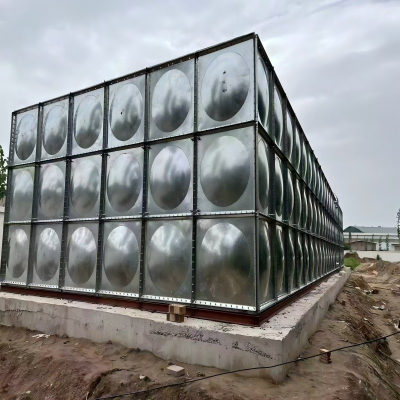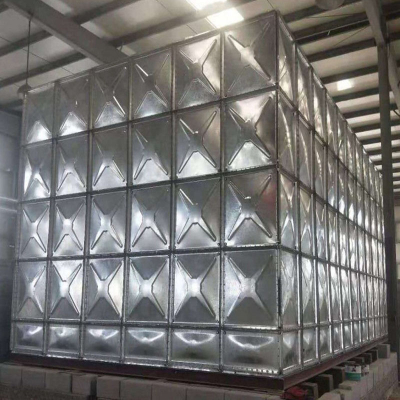Square Buried Water Tank
Underground fire water tank is an underground water storage facility designed specifically for fire protection systems, providing sufficient water source in case of fire and ensuring the smooth progress of firefighting work. Made of food grade resin through high temperature, high pressure, and mechanical compression molding, it has the characteristics of saving space and resisting environmental interference.
Advantages of buried fire water tank:
The buried fire water tank has excellent physical properties, with higher specific strength than steel, cast iron, and plastic. Its thermal conductivity coefficient is only 0.5 of steel, making it a good insulation experience for heat and electricity. The fiberglass buried water tank has great design flexibility, excellent wall structure performance, and a product working temperature between -50 and 200 ℃. It also has the characteristics of light weight, high strength, anti-seepage,
insulation, non toxicity, and smooth surface.
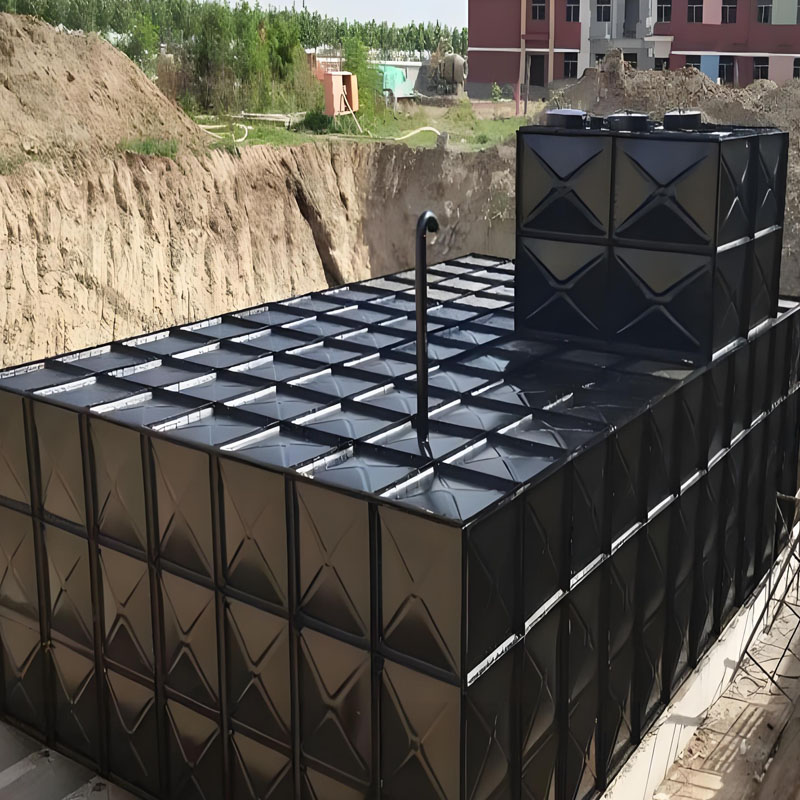
Construction plan design for buried water tank:
1. Introduction
As a device for storing water resources, buried water tanks are widely used in buildings, parking lots, parks, and other
places. It can effectively utilize underground space and provide practical water storage solutions. This article will introduce the construction scheme design of buried water tanks, including site selection, design parameters, etc., aiming
to provide a reference guide for relevant engineers and construction personnel.
2. Site selection
Choosing a suitable location for the construction of buried water tanks is crucial. Here are some suggestions for key site
selection points:Geological conditions: The site selection should avoid areas with high groundwater levels and large groundwater reserves to prevent unnecessary infiltration of the water tank by groundwater.
Underground pipeline network: When selecting a site, attention should be paid to avoiding the underground pipeline
network to avoid damaging other facilities during the construction process.
Surface drainage: Site selection should avoid low-lying areas that are prone to water accumulation to reduce drainage
issues during construction.

3. Design parameters
When designing the construction plan for buried water tanks, the following parameters need to be considered:
Capacity: Determine the capacity of the water tank based on the amount of water to be stored and the frequency of use.
Generally speaking, the capacity should be designed based on the peak daily water consumption.
Size and shape: Determine the size and shape of the water tank based on the actual site selection. Common shapes include rectangles, circles, etc. Our company specializes in square water tanks.


